Lamborghini Urus: Everything you need to know
A decade ago, nobody imagined that Lamborghini would build an SUV – not even those who would later go on to make it happen. But now it’s finally here and with a lot of Italian pizzazz – for it’s a Super SUV with 600+bhp and outlandish styling.
A decade ago, nobody imagined that Lamborghini would build an SUV – not even those who would later go on to make it happen. But now it’s finally here and with a lot of Italian pizzazz – for it’s a Super SUV with 600+bhp and outlandish styling.
Initially, the goal was to stick to traditional supercars, or, at least, not to stray too far from the original idea. In 2008, Lamborghini thought that the time was ripe to broaden its horizons, which led to the birth of the astonishing Estoque concept – a car with supercar looks, but with the practicality of a four-door saloon. With the Estoque, the folks at Sant’Agata were planning to go straight after the Aston Martin Rapide. However, at the same time, markets and trends couldn’t be ignored. And the research showed that the world was rapidly gravitating towards SUVs and crossovers. Keeping with the trend, Lamborghini junked the idea of putting the swanky concept into production, and after nearly a decade of R&D, the company’s all-new SUV – the Urus – has now rolled off the production line.

There’s no dearth of space inside the cabin – the Urus is 5,112mm long, 2,016mm wide and 1,638mm high. It has a wheelbase of 3,003mm.
The Urus is a testament to Lamborghini’s commitment to produce extreme machines, irrespective of the segment. Yes, it’s a four-door, four-seat, high-riding SUV, but it looks far from conventional. More surprisingly, it’s based on the same MLBevo platform that forms base for the likes of the Audi Q7, Bentley Bentayga and Porsche Cayenne. But being a Lambo, the Urus takes the game forward. With 641bhp on tap, it’s now the fastest and most powerful SUV in its class.
Crunching the numbers
It reaches 100km/h within 3.6 seconds. With a top speed of 305km/h, it’s the fastest SUV in the world. These are excellent indicators, because it means that the Urus is a supercar under the overalls of an SUV. No wonder Lamborghini is calling it an SSUV (Super Sports Utility Vehicle). The name Urus is derived from a bovine animal called Aurochs – an extinct Spanish fighting bull that was known for its aggressive temperament. With a body that stretches over five metres in length, the Urus’s outer appearance is very close to a bull indeed.
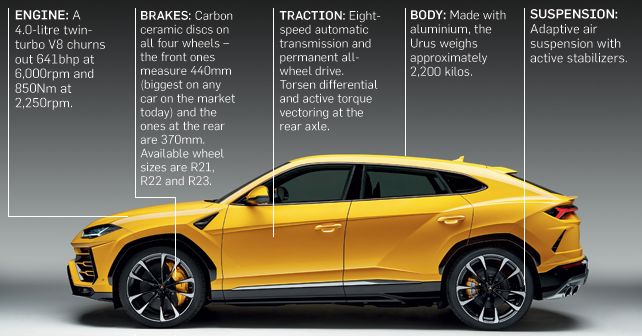
Apart from the two rear seats, the cabin is inspired from other Lambos. For instance, the dashboard design shows a certain consistency with the Huracan and the Aventador. There’s also that starter button with a red cover, resembling that of a fighter plane. On its left is the ANIMA switch to select different driving modes, and on its right is the EGO dial. The ANIMA has the usual Strada, Sport and Corsa modes, but because the Urus is an SUV, there are three new modes – Neve (snow), Terra (off-road) and Sabbia (sand). And the function of the EGO key is to alter the dynamic capabilities of the Urus by changing the response of different components. Depending on the driver’s mood, the engine, transmission (an eight-speed torque converter automatic), suspension, rear-wheel steering and stabiliser bars can all be adjusted. The V8 engine also has a cylinder-deactivation system, borrowed from the Audi RS6. The system deactivates one bank or 4 cylinders under low load conditions. In fact, the 4.0-litre twin-turbo unit is the same one that’s used by the Audi RS6, but Lamborghini has worked hard to give it a temperament that’s more in line with Lamborghini’s philosophy. From what we can tell, they’ve delivered on what they promised.
Are you curious to know how this high-riding bull feels like on the road? Well, if so, turn the page to find out.

The Urus concept is the work of ace designer Filippo Perini, who has since moved to Italdesign. It was completed in production form by German Mitja Borkert, who’s been the design head of Lamborghini since 2016.
A NEW PRODUCTION MODEL
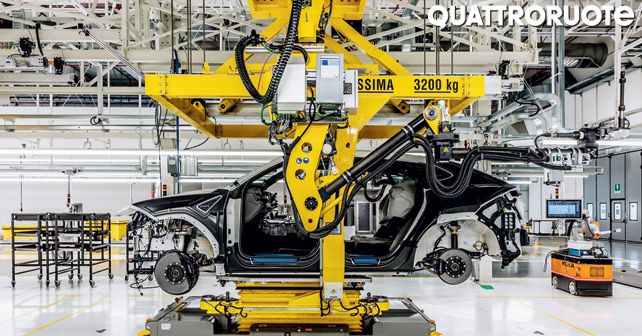
The Urus marks a new beginning for Lamborghini in more than just one way. From an industrial point of view, Lamborghini, for the first time, will get into mass production. This called for a huge expansion of the production facility in Sant’Agata. In the past 18 months, the factory has grown from 80,000 square metres to 150,000 square metres. All this because Lamborghini sees a huge potential in the Urus and plans to build 3,500 units of the car every year. Considering that the factory produces roughly 2,400 Huracans and 1,200 Aventadors per year, that’s quite a big leap. For what’s the company’s most ambitious transformation plan, it has invested over 800 million euros and hired 500 new employees – meaning that the total workforce now exceeds 1,500 people. This is also a new record for Sant’Agata because about ten years ago the number of employees was less than half of what it is today. That’s not all. When the production capacity eventually reaches its maximum, Lamborghini will hire 200 more employees!
Speaking of production, the chassis of the Urus is produced at Volkswagen Group’s Bratislava factory and arrives at Bologna fully polished. But, in a short time from now, that’s going to change. By the end of 2018, a new factory dedicated to polishing in-house will be installed within the premises. This means that the factory area will increase by another 10,000 square metres.
The new factory is called Manifattura Lamborghini and is equipped with the most modern equipment.
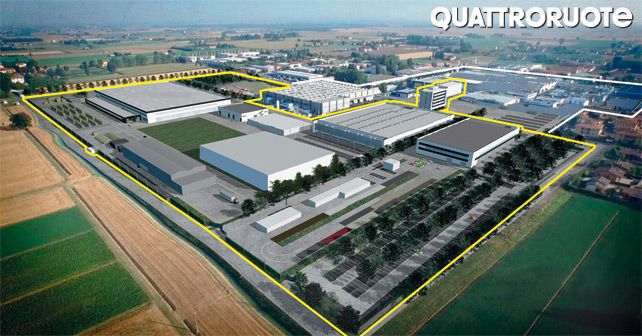
This panoramic view of the factory at Sant’Agata demonstrates the enormity of the investment, as well as the importance of the Urus.
MAURIZIO REGGIANI
It’s been a great challenge…
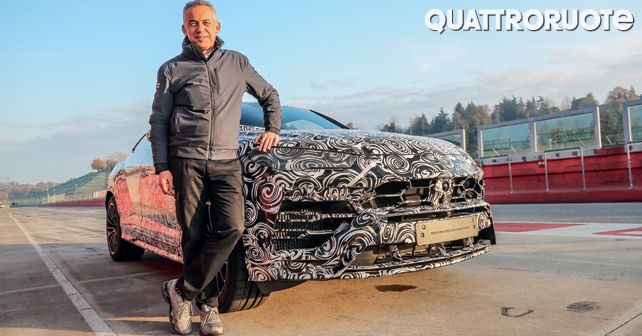
In order to exploit its off-road capabilities on the sand dunes, the Urus comes with Sand or Sabbia mode.
Having worked at Maserati and Bugatti – where he took care of the powertrain of the EB100 – Maurizio Reggiani has been a part of Lamborghini since 1998. He started his stint at Sant’Agata as the project lead for the Murcielago, and since July 2006, he’s been heading the Research & Development centre of Lamborghini.
Were you always clear about what you wanted from the Urus?
In the beginning, there was debate for sure, which, I think, is quite normal since what we were doing thus far was very different. The first prototypes were really useful to understand the key areas where we had to re-work in order to build a Lamborghini of a totally new shape and size. Thankfully, it all turned out well. For instance, the four-wheel steering – a technology that we first acquired with the Aventador S – has been fundamental in making the car more agile.
How did you manage to transform a project that was born on a common platform into something that has a flavour and fervour of a Lamborghini?
If we exclude the platform and the electronics, everything else in the Urus is all-new. Of course, component sharing with other vehicles from the group helped us immensely, but then each component has been especially tuned – from the engine to the rear differential equipped with torque vectoring.
What changes have you done to the original 4.0-litre V8 from Audi?
I think it’s better if you ask what’s left of the original powertrain. You see, the cylinder head is all-new because of thermodynamics. Since the engine produces 641bhp here, it gets uprated turbochargers and a beefed-up cooling system.
Since this is your first shot at making an SUV in a long while, did you consider taking help from Audi or someone more experienced?
It might sound strange, but we made everything by ourselves. Every aspect and detail was studied carefully, and we benchmarked the Urus against all of its competitors. Time and again, we’d fly to Dubai to test the first prototypes. Well, the end results are quite satisfying since the Urus is better than its rivals – even when you decide to take it off the road.
Why haven’t you used carbon fibre in the Urus?
I support the idea that if we need to spend even one euro, we should invest it in something that benefits the product. And, to be honest, I think carbon fibre is not useful in a vehicle that’s meant to be used off-road as well. The problem of composite materials is delamination, which in off-road driving can happen very easily. Therefore, technically, there was no point in using it.
What about a turbo-diesel engine?
Never going to happen.
Can we expect to see the Huracán’s V10 motor under the hood of the Urus?
The problem in this case is the torque. 560Nm is too low for an SUV that weighs more than two tonnes. Plus the fact that the V10 doesn’t have enough grunt at low engine speeds meant that it had to be ruled out.
Did designing a car for mass production involve several differences during its development?
We had to work from the initial stages with our production engineers. And while it’s been a big challenge, it also marks a new beginning for the brand and all of us.
Lamborghini Urus Review: First Drive
© Riproduzione riservata
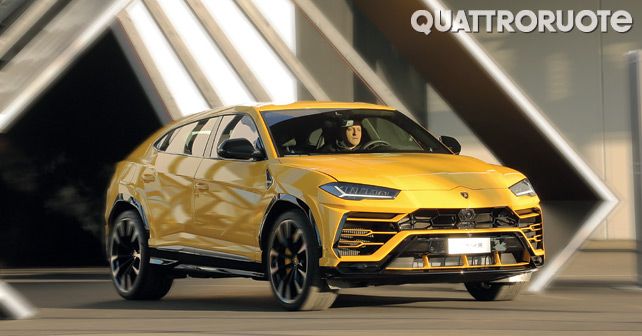
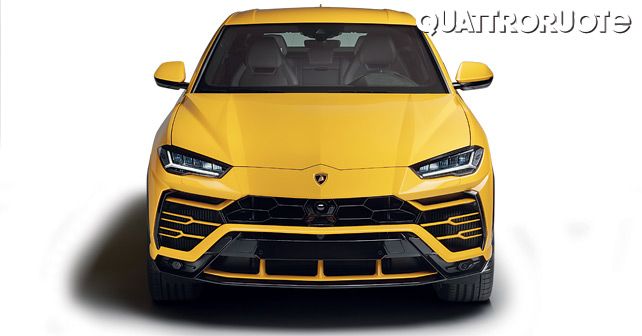
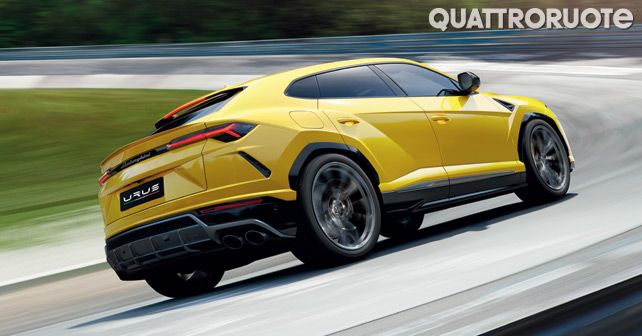
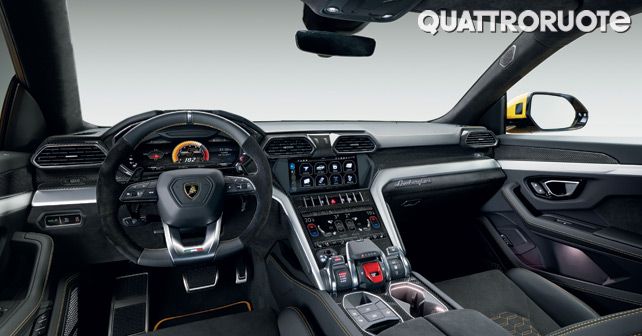

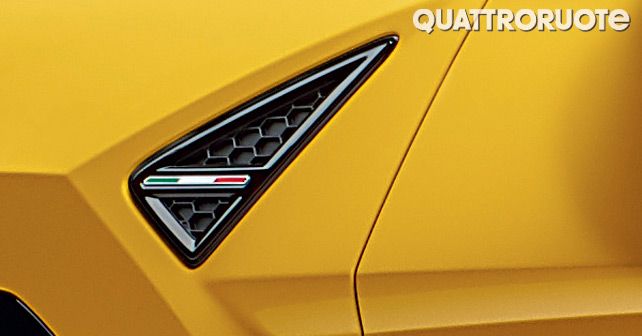
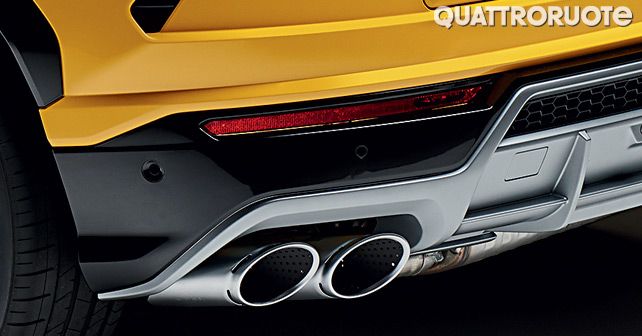
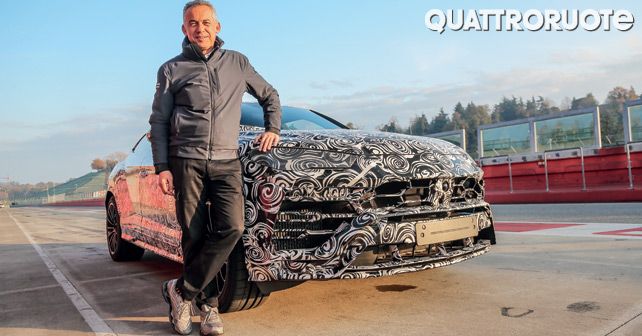
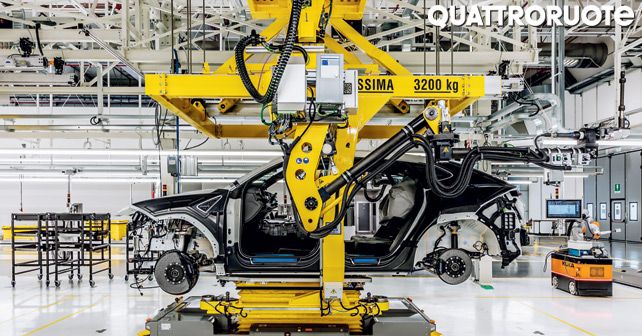
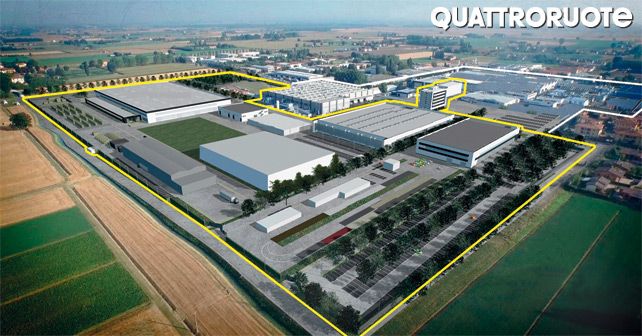

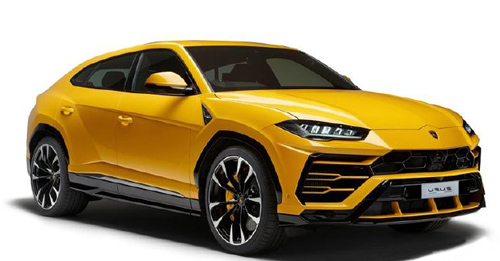

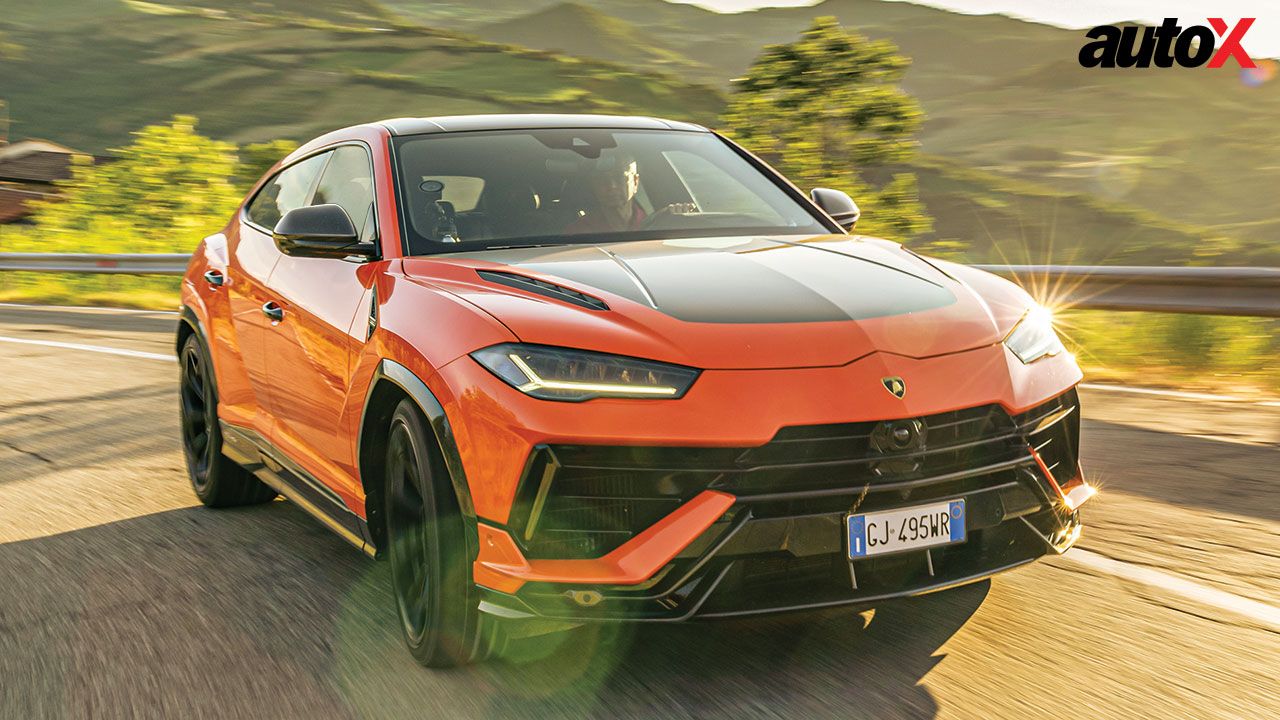

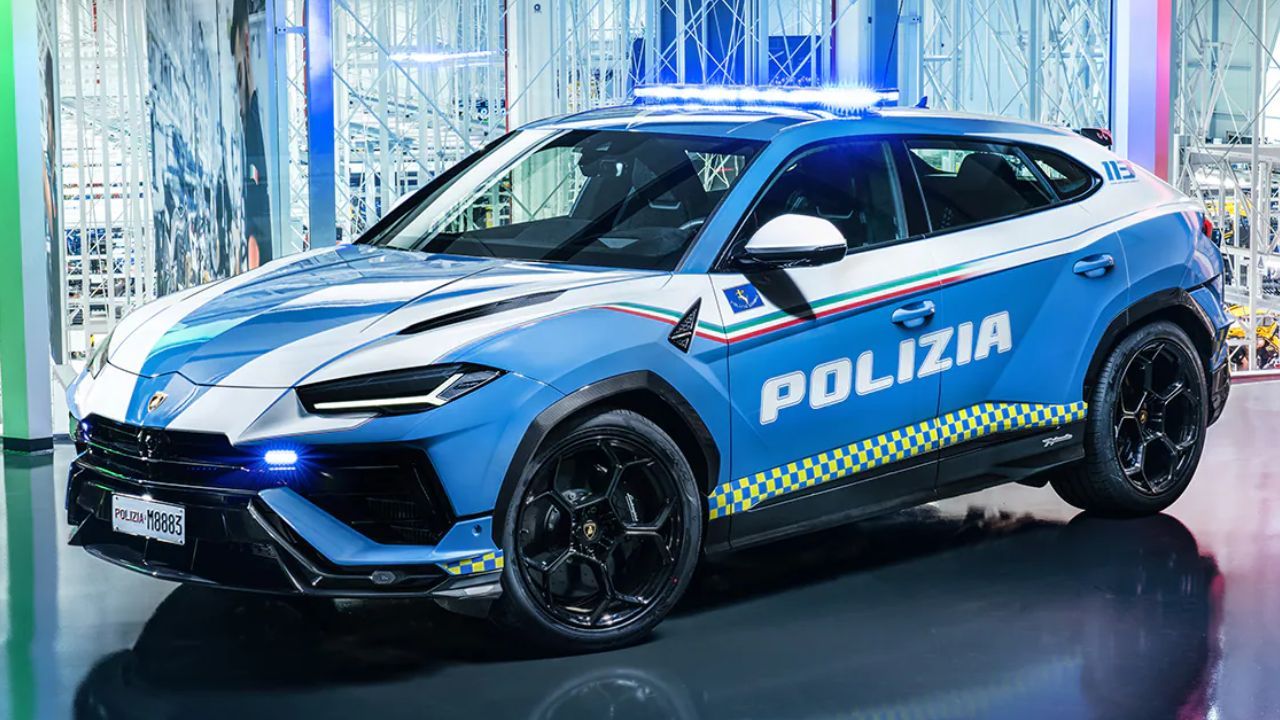







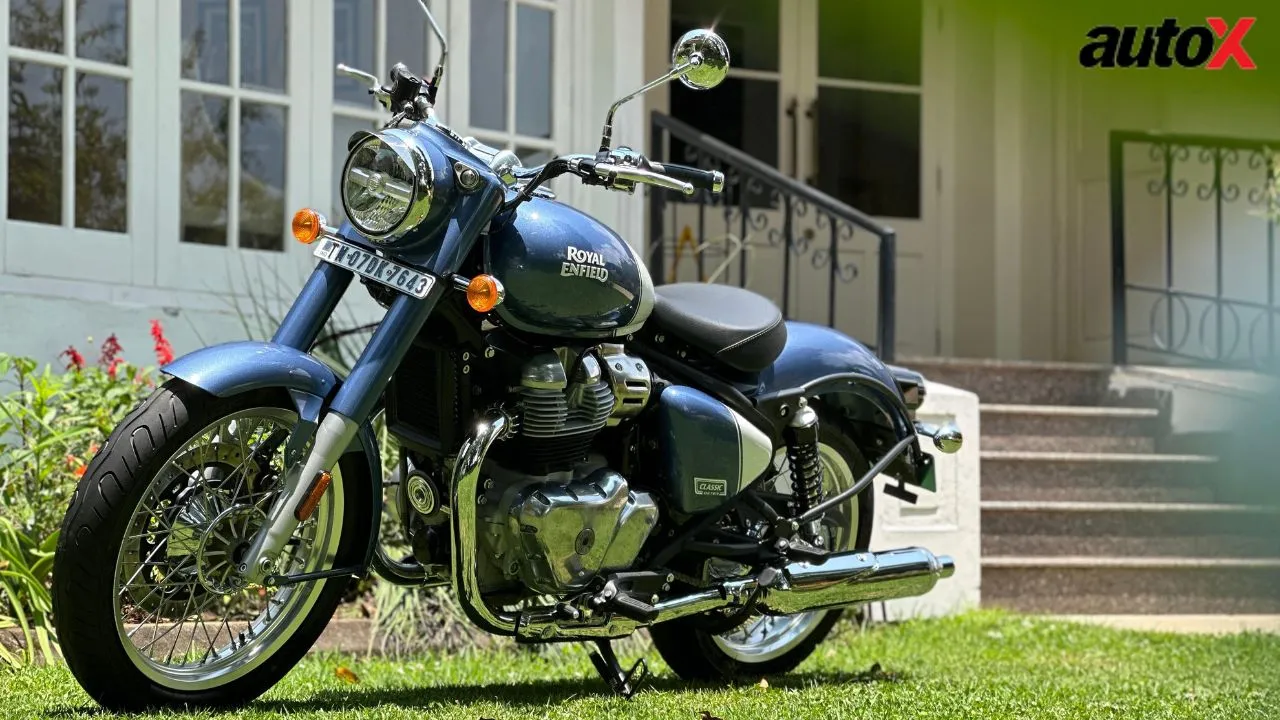

-(1).webp)

-(1).webp)




Write your Comment on